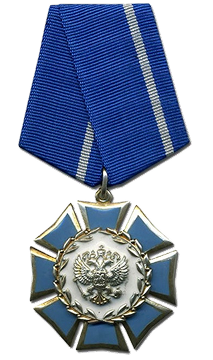University history
The History of RTU MIREA
2018
On April 24, 2018, the Ministry of Education and Science of the Russian Federation issued Order No. 325 awarding the united university the name “MIREA — Russian Technological University” (RTU MIREA).

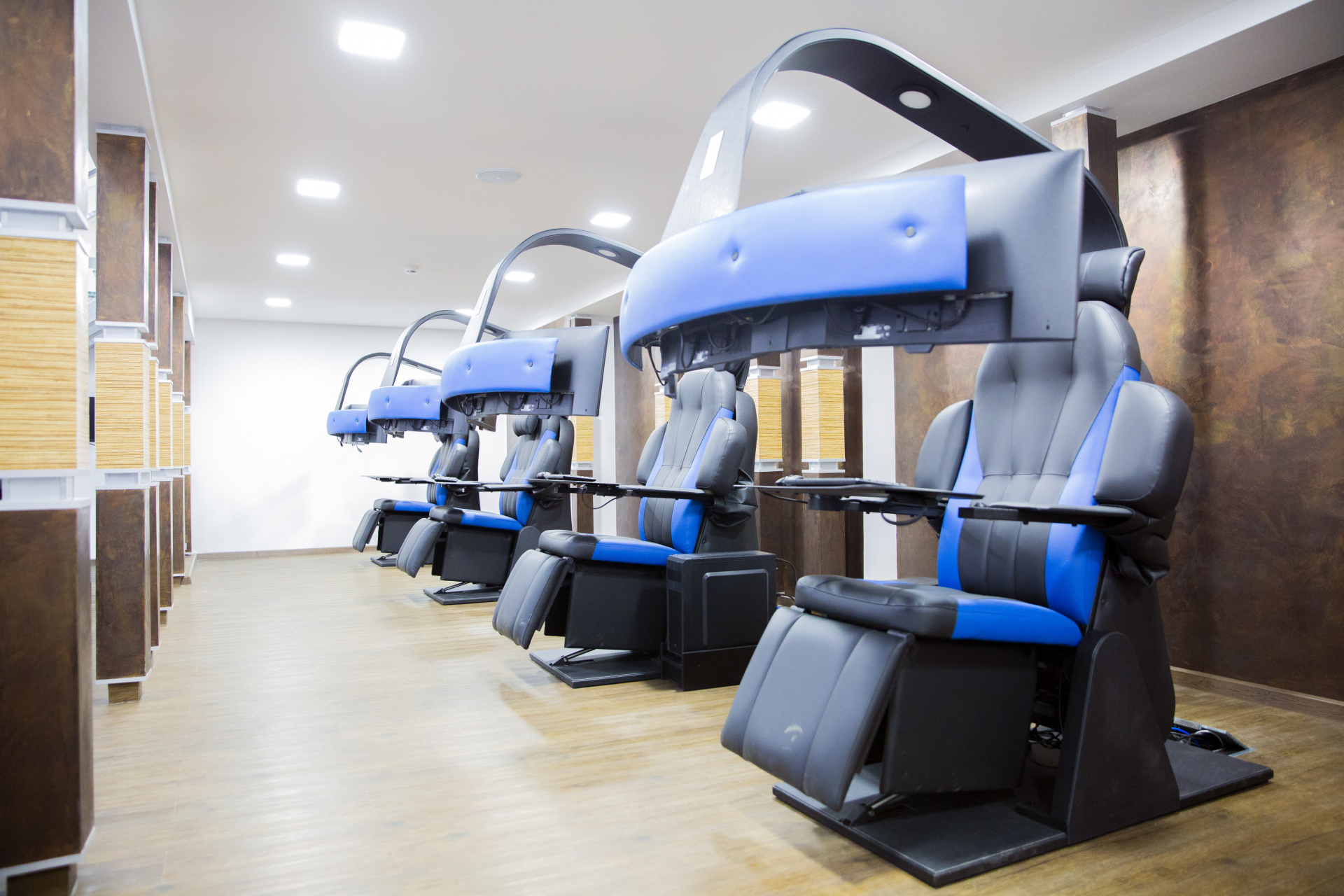
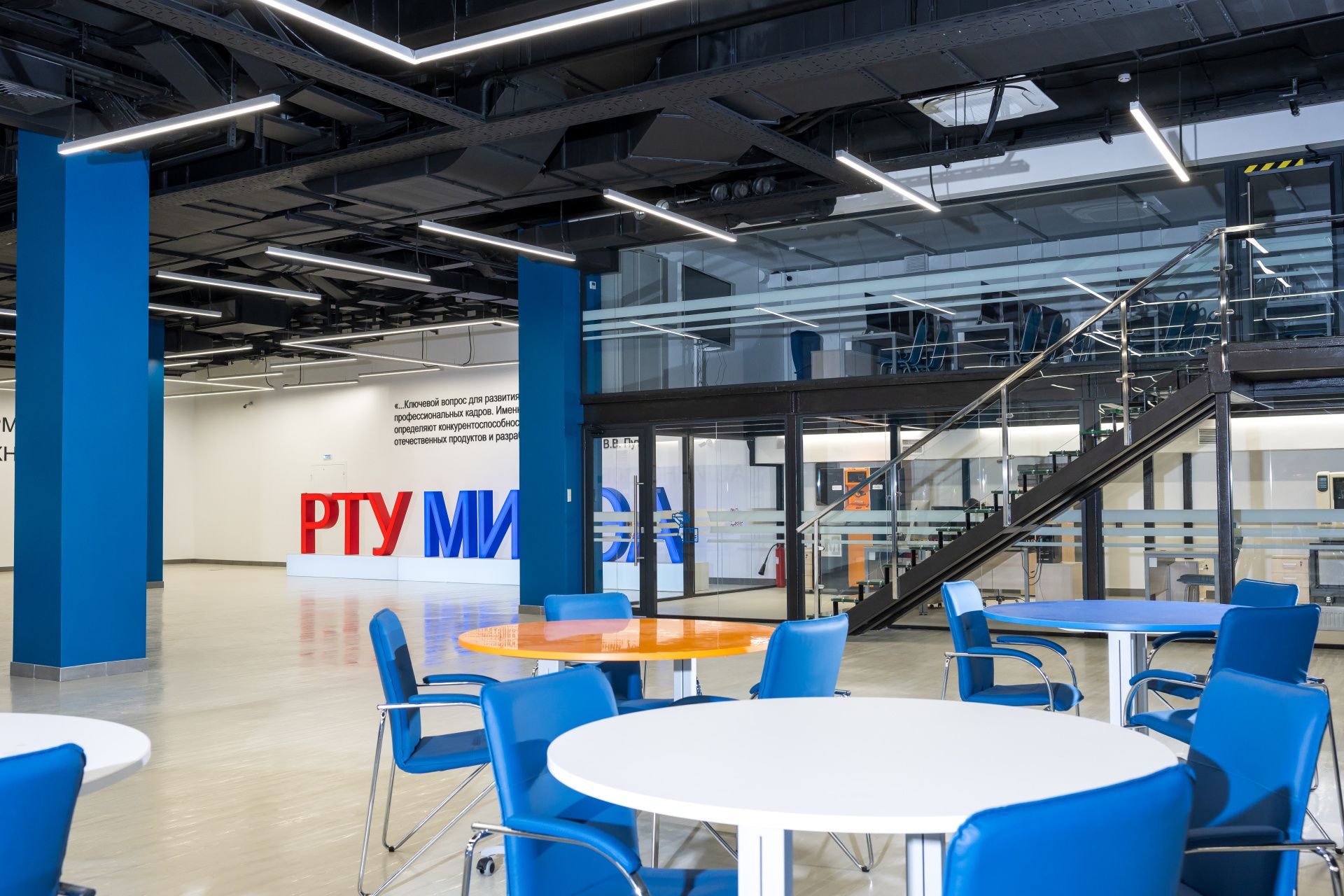
By a decision of the Heraldic Council under the President of the Russian Federation, RTU MIREA received a new official emblem. It depicts a golden double-headed eagle holding a scroll and quill; on its chest, within an oval blue shield, is a silver radiating radio transmission tower; below it, there are two objects crossed in saltire: a golden hammer and an adjustable wrench. This symbolism was entered into the State Heraldic Register of the Russian Federation under registration number 11946.
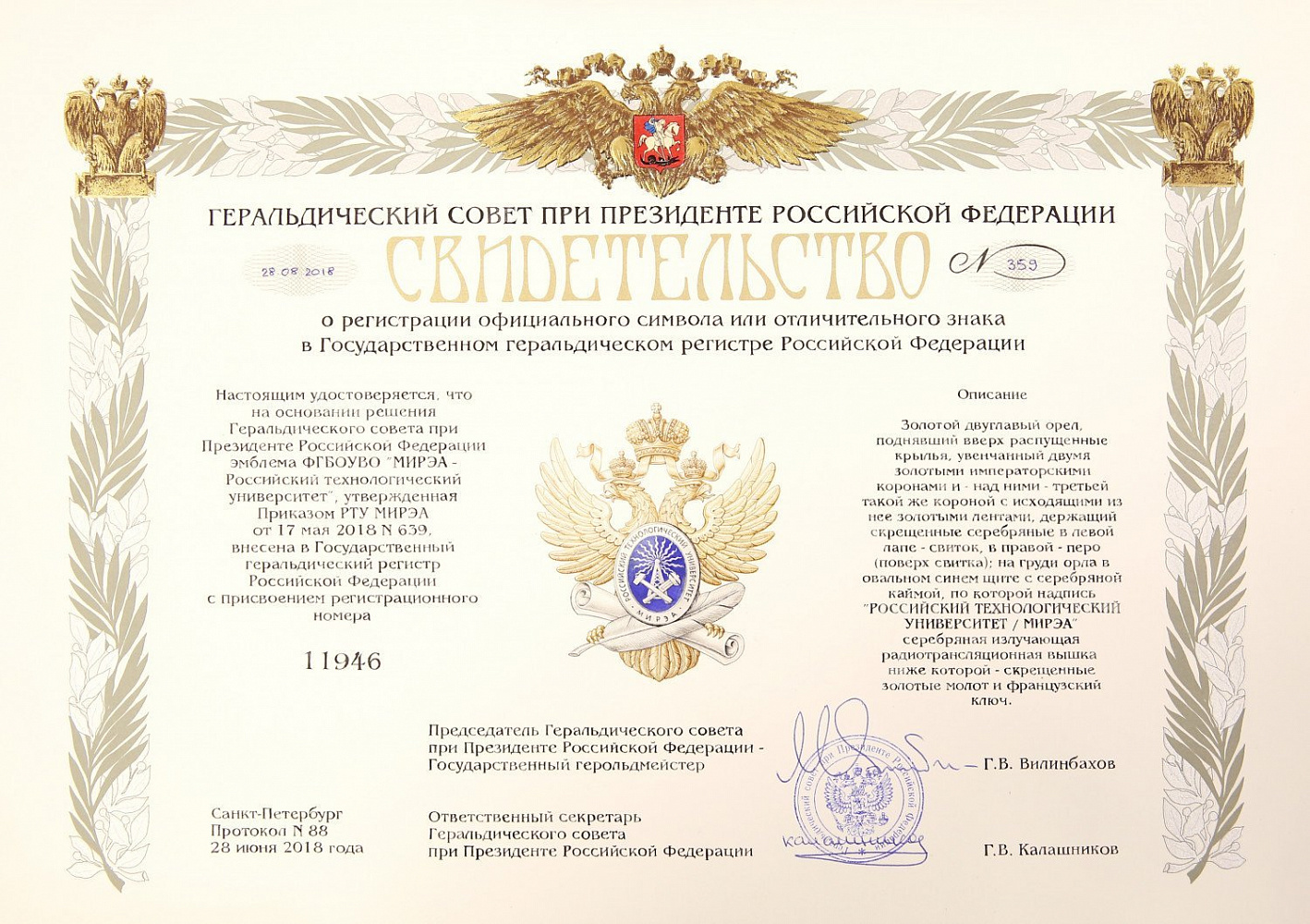
2019
On August 28, 2019, the Altair Children’s Technopark opened at RTU MIREA, a unique platform where schoolchildren can participate in career guidance programs, familiarize themselves with high-tech equipment operations, and master additional education programs developed by university faculty members in collaboration with the Technopark’s industrial partners.
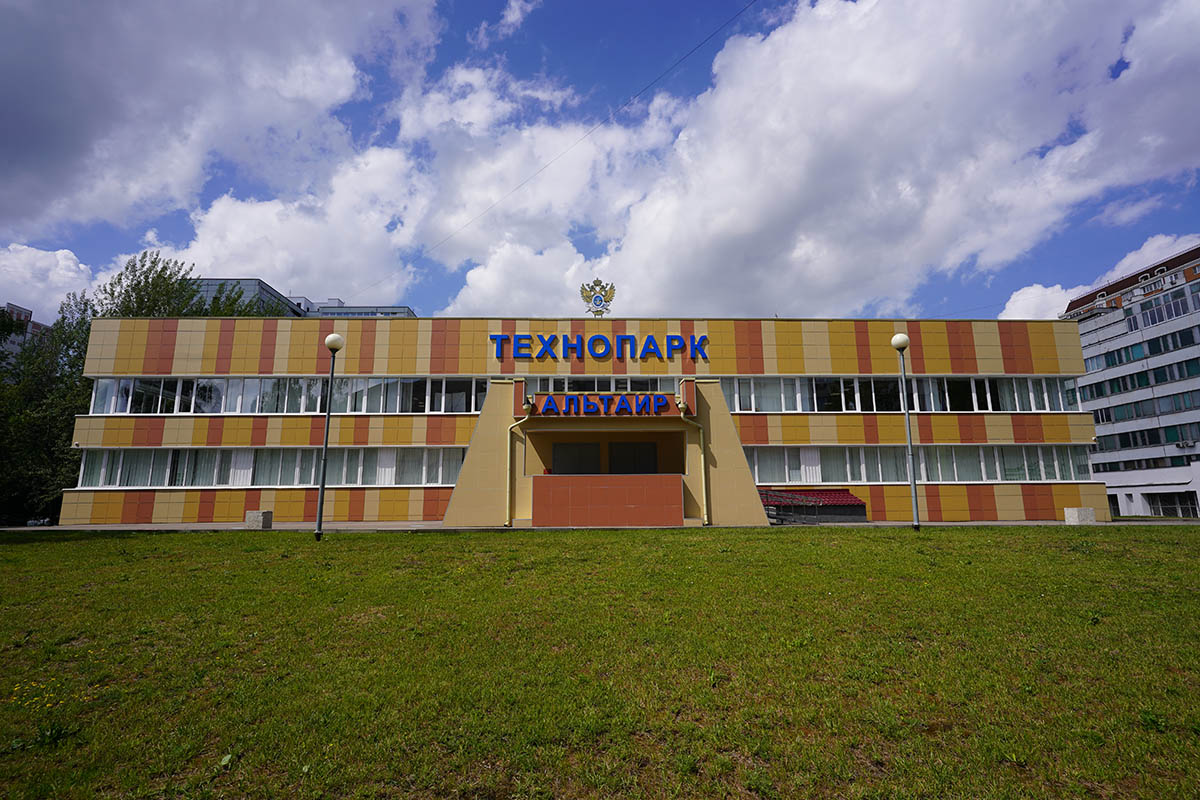
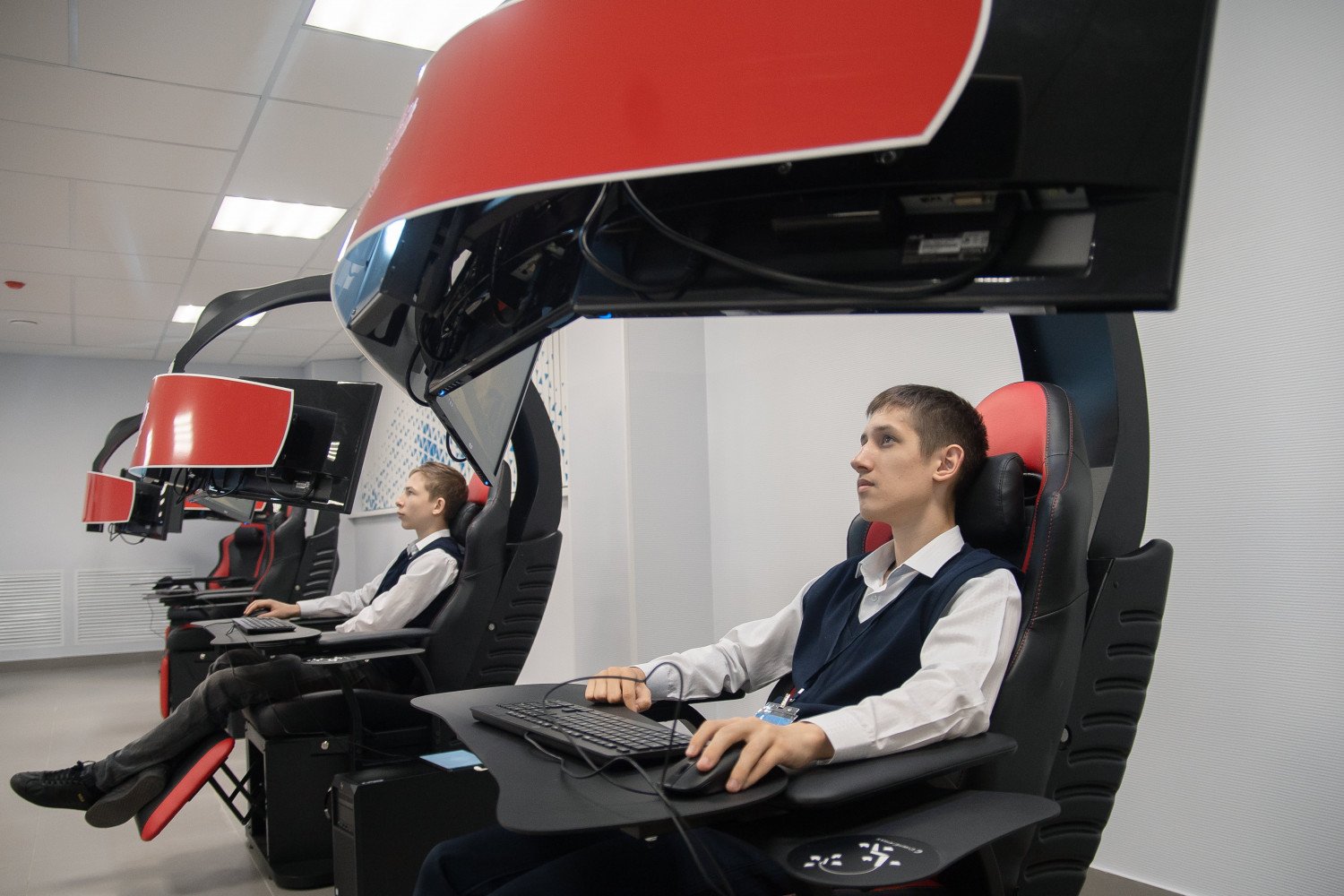
2020
Denis Yuryevich Logunov, corresponding member of the Russian Academy of Sciences and Doctor of Biological Sciences, who is head of RTU MIREA’s core Department of Immunological Chemistry and deputy director for research at the Gamaleya Center, led the team that developed the world’s first Russian-made vaccine for preventing the new coronavirus infection (COVID-19).
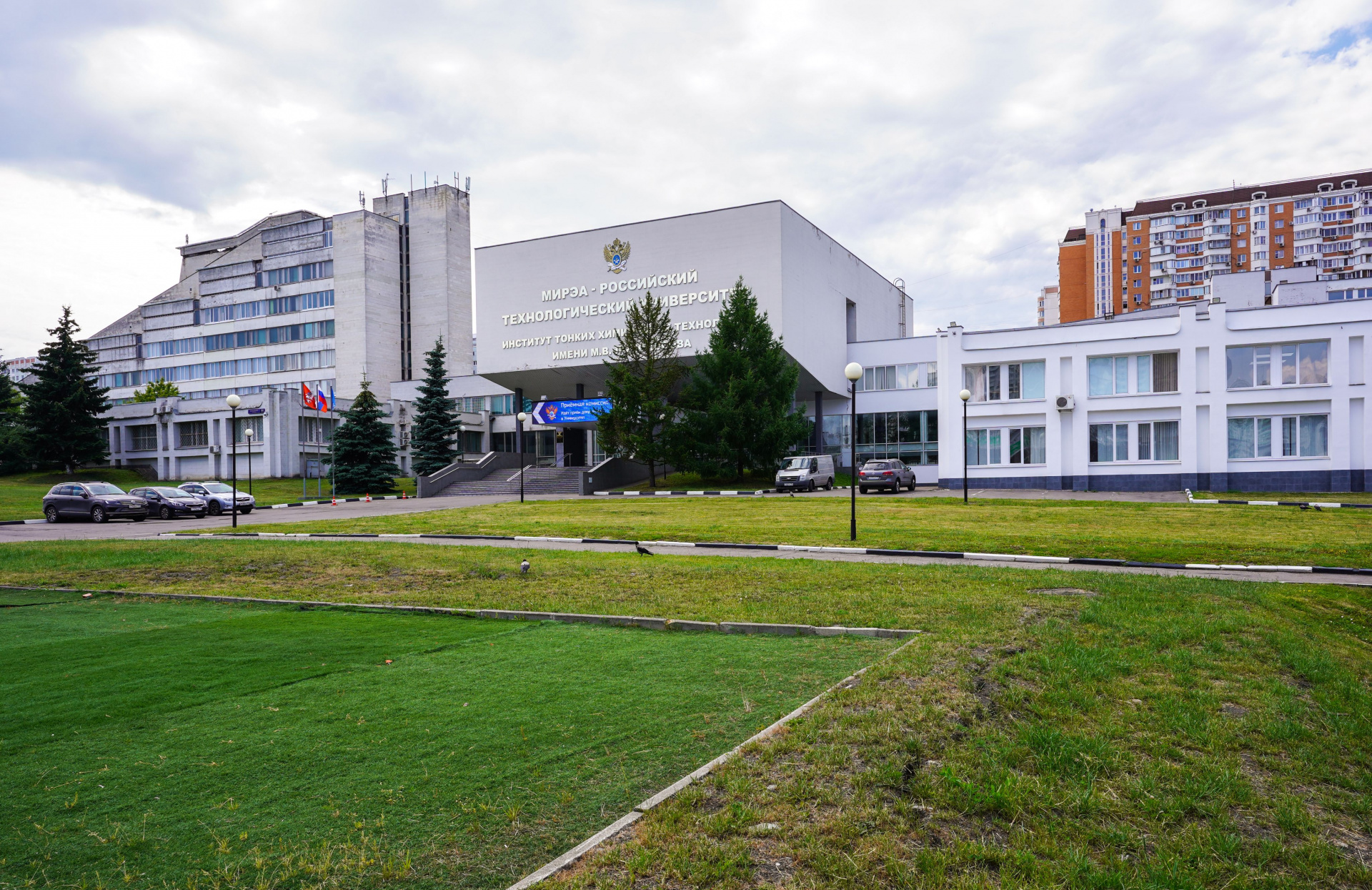
The Cyberzone esports center opened at RTU MIREA. The opening ceremony was attended by Valery Nikolayevich Falkov, Russian Minister of Science and Higher Education, and Igor Vasilyevich Karpenko, Minister of Education of Belarus, who visited RTU MIREA during a working visit to the Russian Federation. The ministers launched esports competitions between students from the Russian Federation and Belarus.
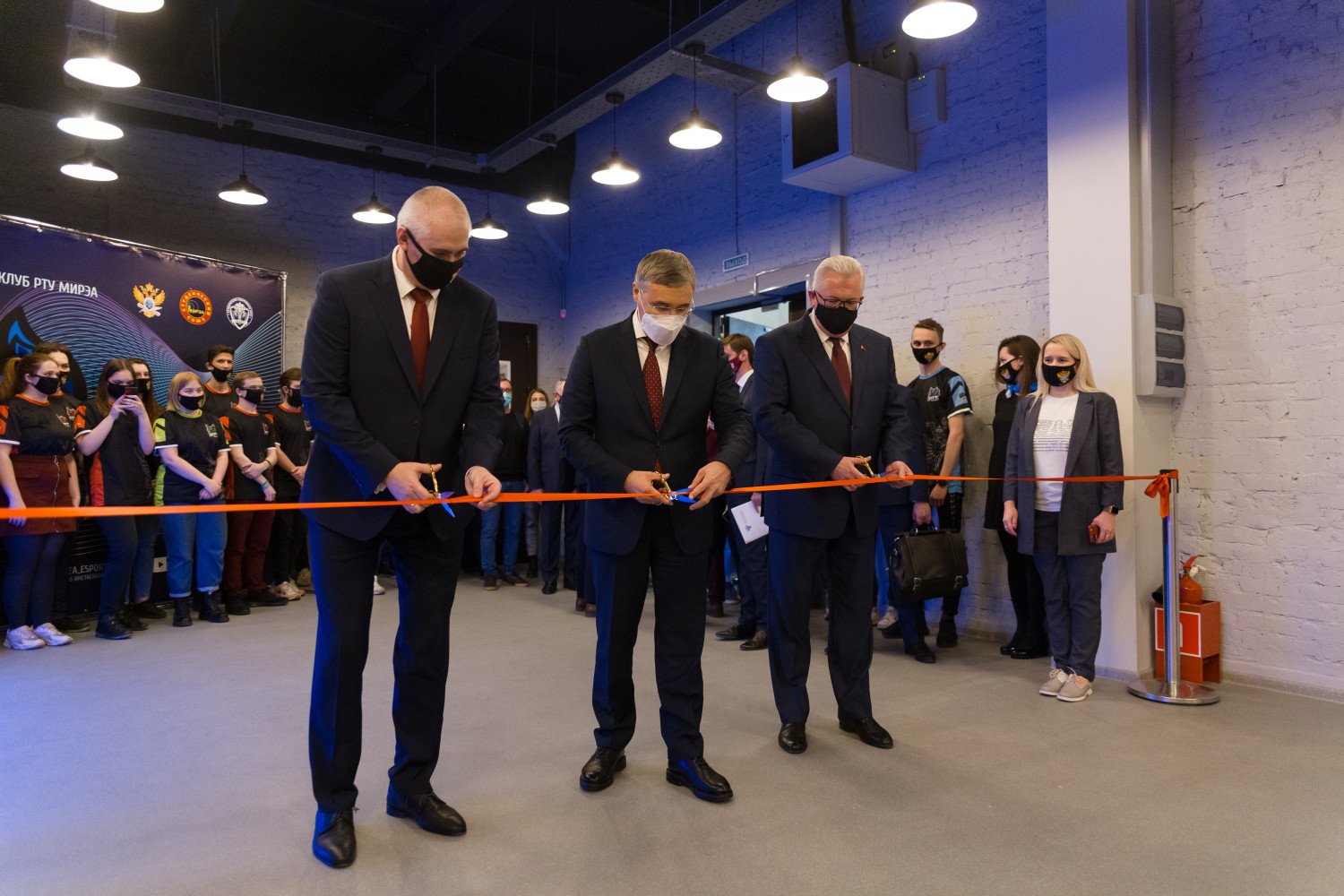
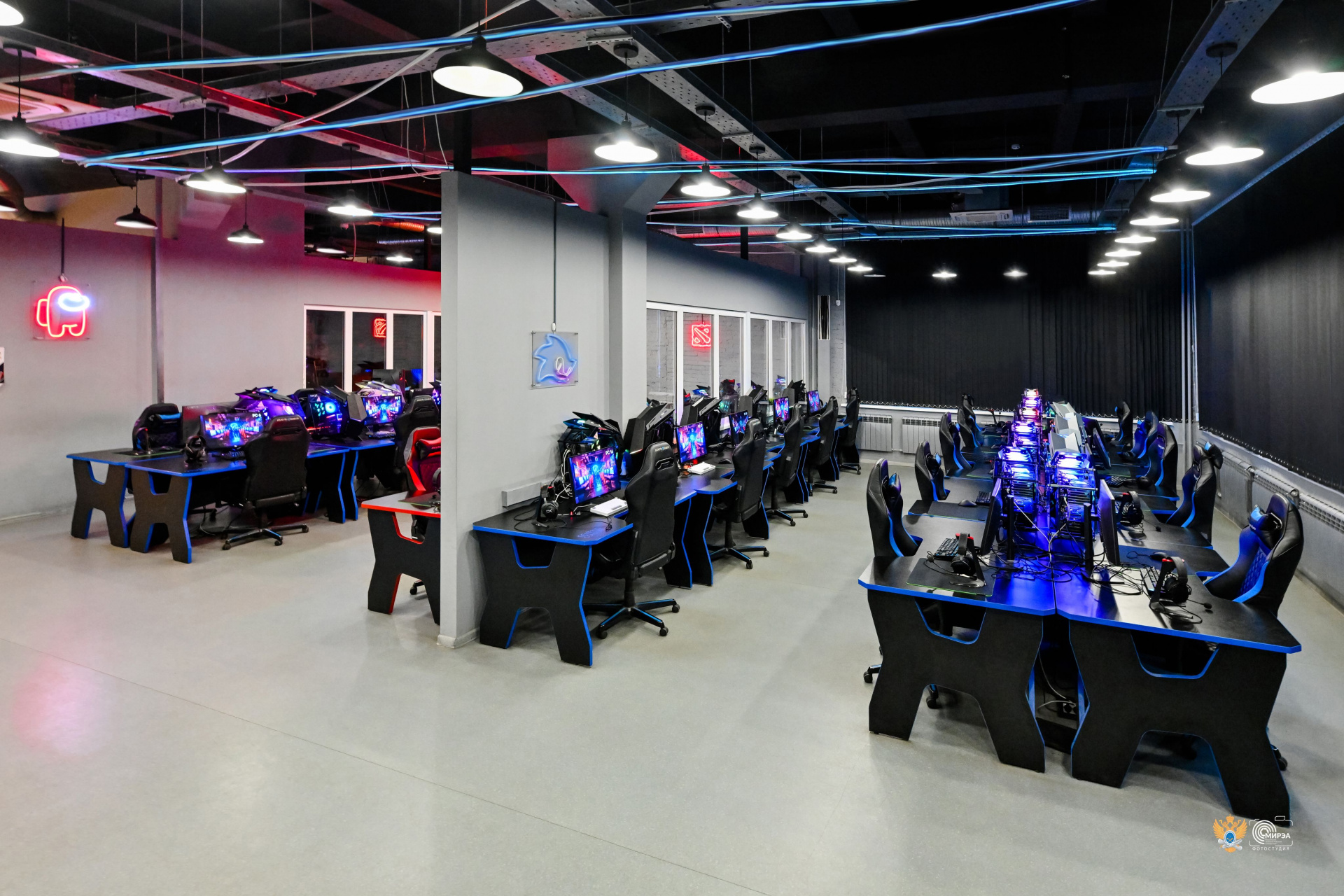
On December 23, 2020, the Situation Center of the Russian Ministry of Education and Science opened at RTU MIREA. The university became the site and main operator of the center, hosting a unified data repository integrated with data collection systems, including federal observation statistics, sector-specific monitoring data collections, and ongoing analytical outputs, such as salary variations in the education sector across regions.
2021
RTU MIREA’s Altair Children’s Technopark was granted the status of a “federal innovation platform.”
On May 18, 2021, Tatyana Vladimirovna Semyonova, Russian Deputy Minister of Health, opened the Research and Educational Center for Medical Radiology and Dosimetry hosted by the university.
In September 2021, RTU MIREA launched CosMoCenter, an education and research center for space monitoring operated by the Institute of Radio Engineering and Telecommunication Systems. CosMoCenter provides excellent opportunities for fundamental and applied research, as well as development of new technological solutions. Antenna posts on the roof of the Institute of Radio Engineering and Telecommunication Systems building at RTU MIREA make it possible to observe satellites, capture their telemetry signals, receive Earth remote sensing data, and monitor outer space.
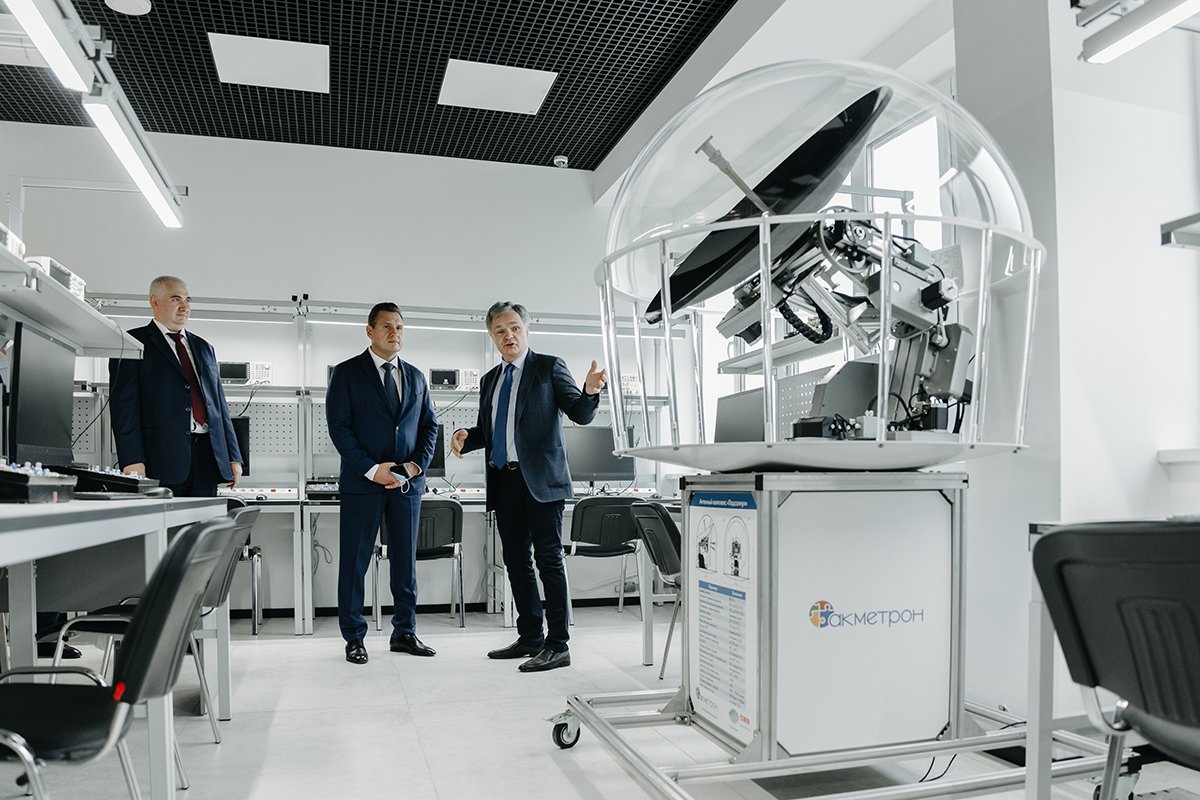
2022
In early February 2022, the Youth Technical Coworking Center opened at RTU MIREA, intended for providing students with access to a range of modern techniques and equipment for use in academic, creative, project-related, research-related, and other activities. Over 40 tools are available here, from virtual reality helmets to smart home devices.
RTU MIREA was listed 5th in Roscosmos’s “Constellation” ranking of universities, which made it one of the anchor institutions of higher education for the aerospace industry.
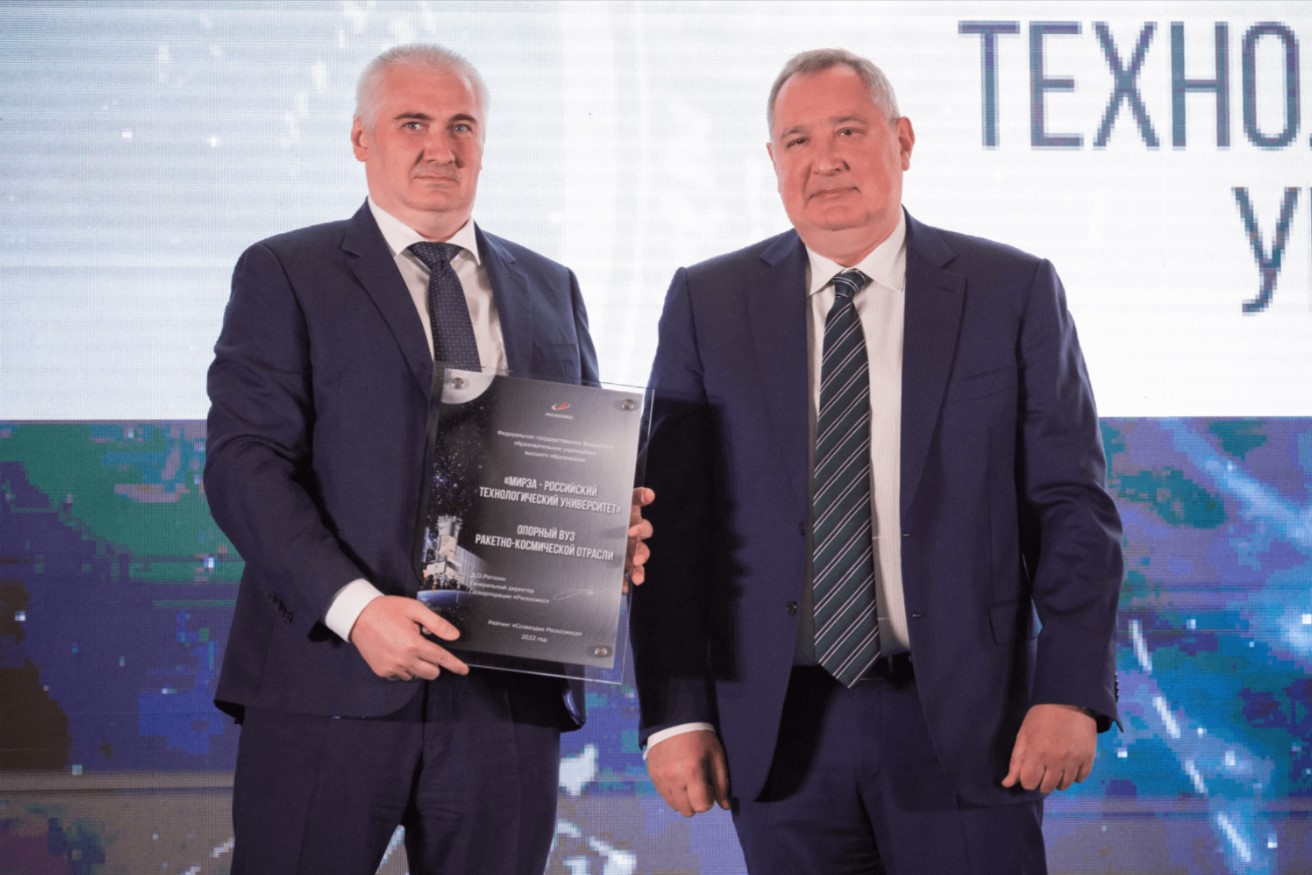
On September 15, 2022, with support from Rostelecom, the Import Substitution Center was launched at RTU MIREA — a large-scale project with a two-fold mission: training and retraining of in-demand IT specialists on a timely basis and assuring the country’s technological and staffing sovereignty in the new conditions taking shape.
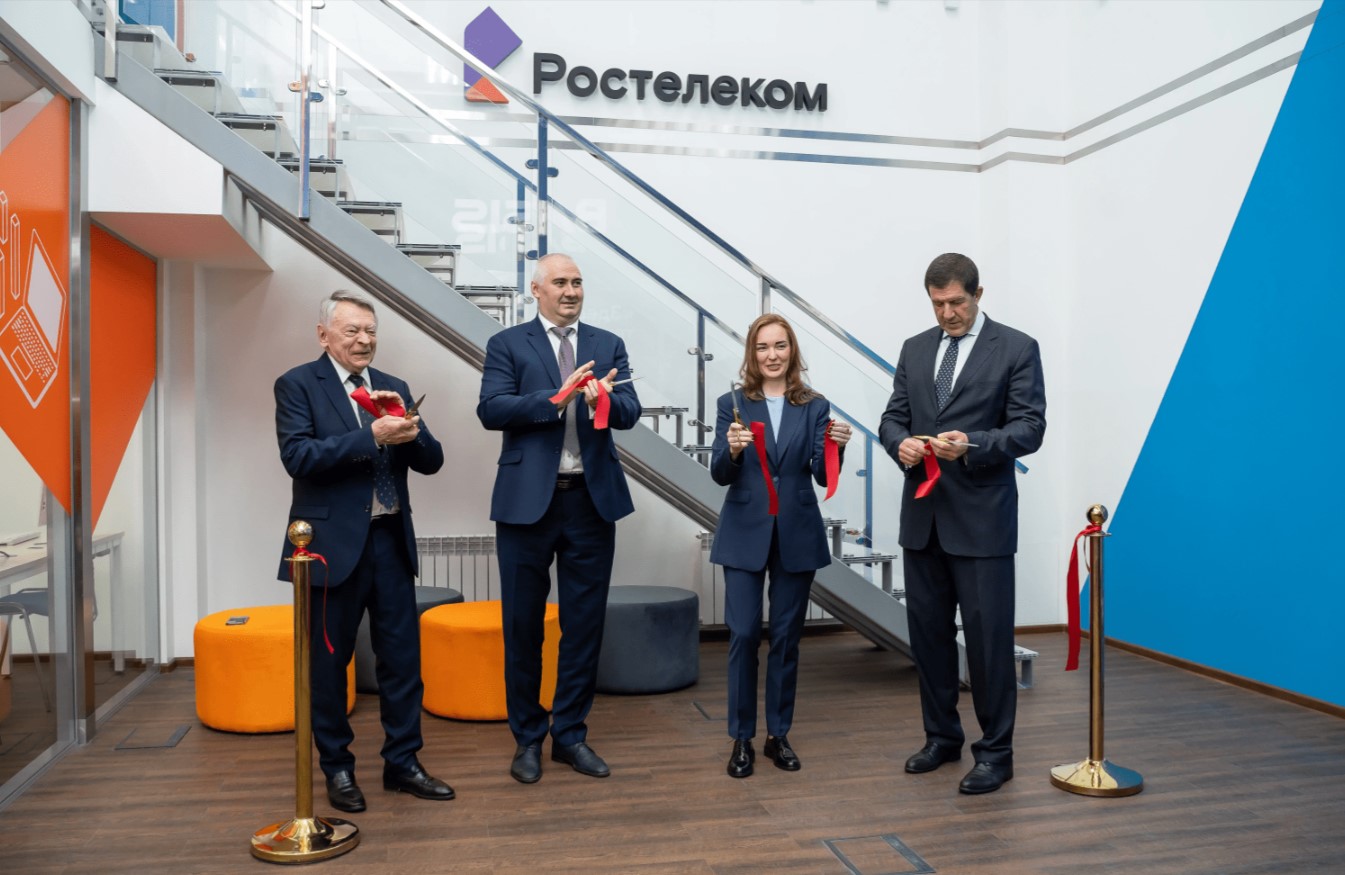
On October 20, 2022, a memorial plaque was unveiled in the campus lobby at 78 Prospekt Vernadskogo, honoring the founder, first rector and president of the university, Nikolai Nikolayevich Yevtikhiev, celebrating his 100th anniversary. He was an academician, a Hero of Socialist Labor, a holder of the Order “For Merits to the Fatherland,” and an Honored Figure of Science and Technology.
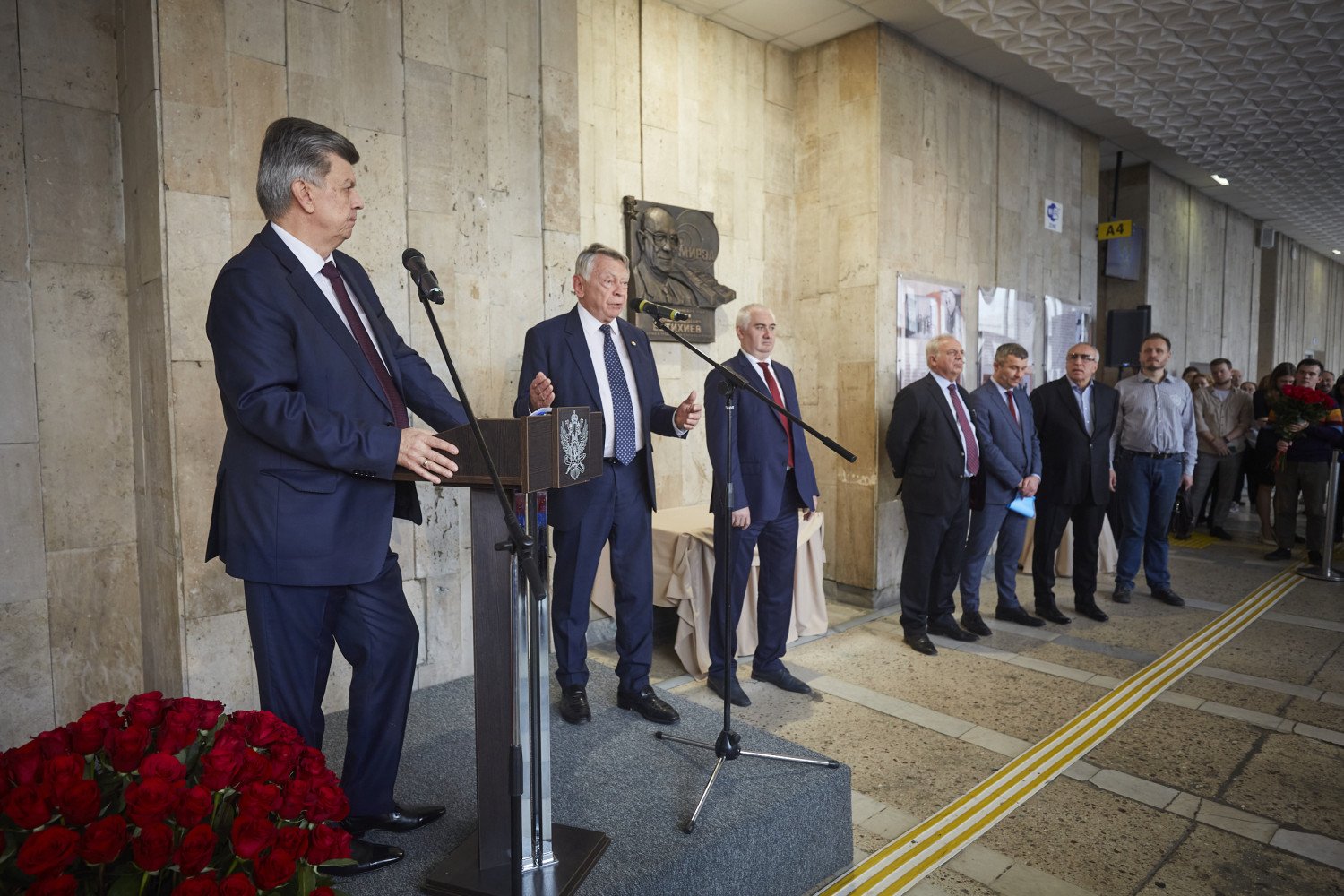
2023
In November, RTU MIREA student Makar Klimov created a new and revolutionary bi-rotary internal combustion engine with increased efficiency, the first of its type in the world. It was presented at the stand of the All-Russian Society of Inventors and Innovators during the 3rd Congress of Young Scientists.
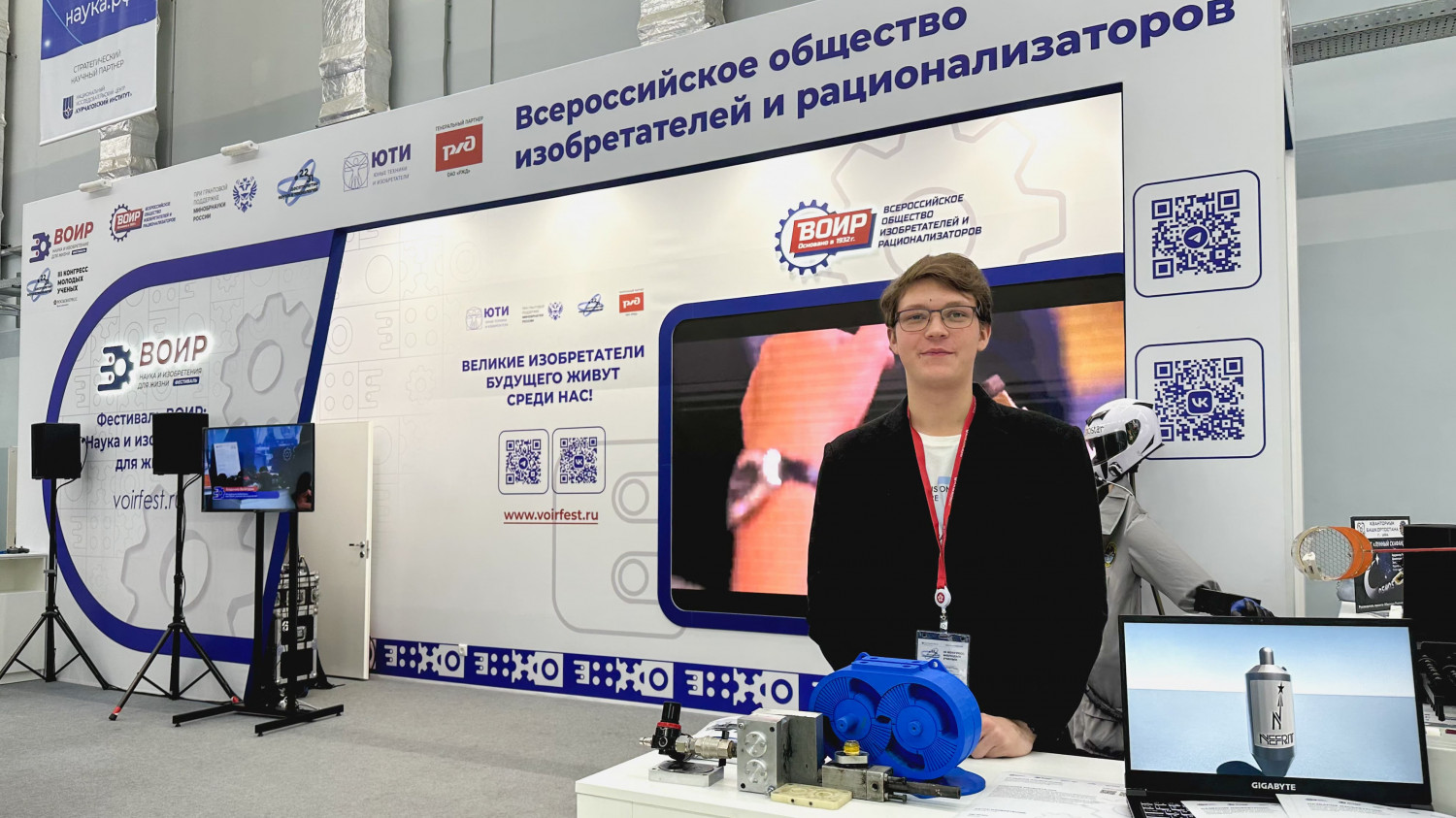
2024
In April 2024, by vote of residents, planned driveway 6639 in the area of Prospekt Vernadskogo was named Academician Yevtikhiev Street.
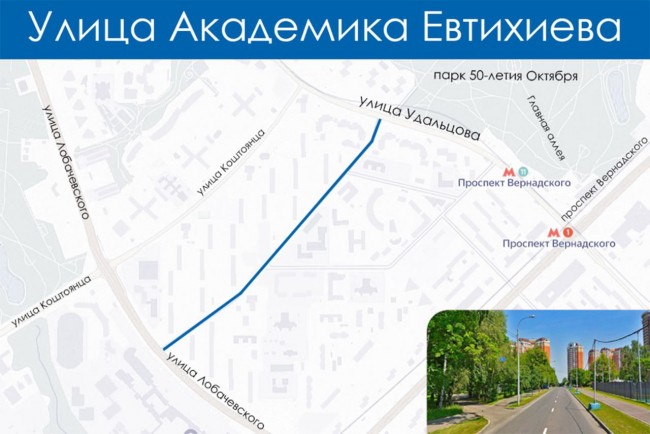
On November 5, 2024, a Soyuz-2.1b boost rocket was launched from the Vostochny Cosmodrome with the educational small spacecraft RTU MIREA1 under the “Space-π” project. It was to carry out flight tests of a visible-range optical camera and a GLONASS/GPS signal receiver for ionosphere and troposphere research, along with experiments in inter-satellite communication using a transponder-based module.

In December 2024, Igor Dmitrievich Simonov-Yemelyanov, Head of the Department of Chemistry and Technology of Processing of Plastics and Polymer Composites at the RTU MIREA Lomonosov Institute of Fine Chemical Technologies, was awarded the Order of Alexander Nevsky by a decree of the Russian Federation President.
2025
On January 30, 2025, RTU MIREA opened the country’s largest 608-seat conference hall of a new type equipped with a modern panoramic high-resolution video and high-fidelity audio system. Its twelve powerful projectors enable viewers to enjoy 3D images on a dome over 900 sq. m. in area.
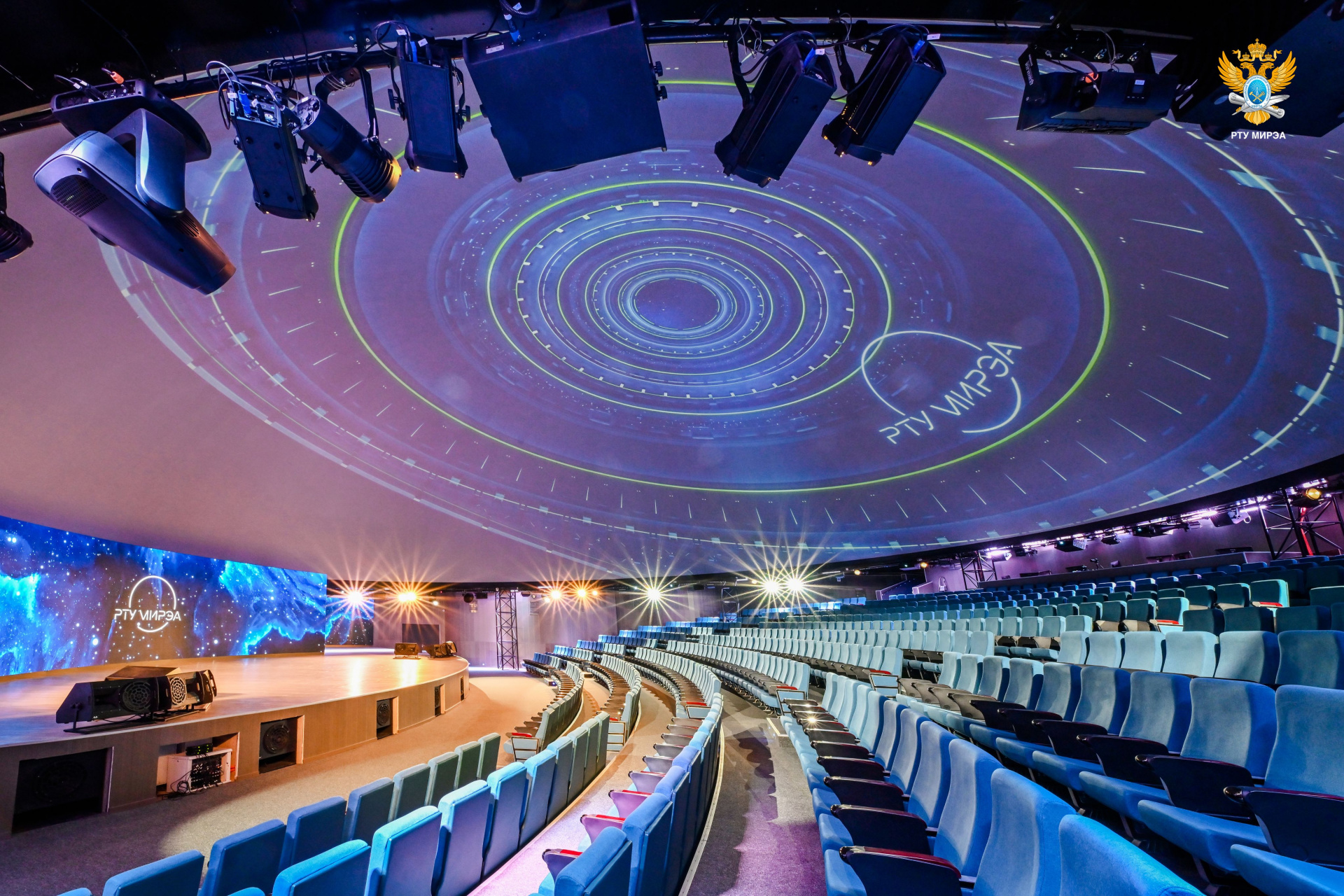
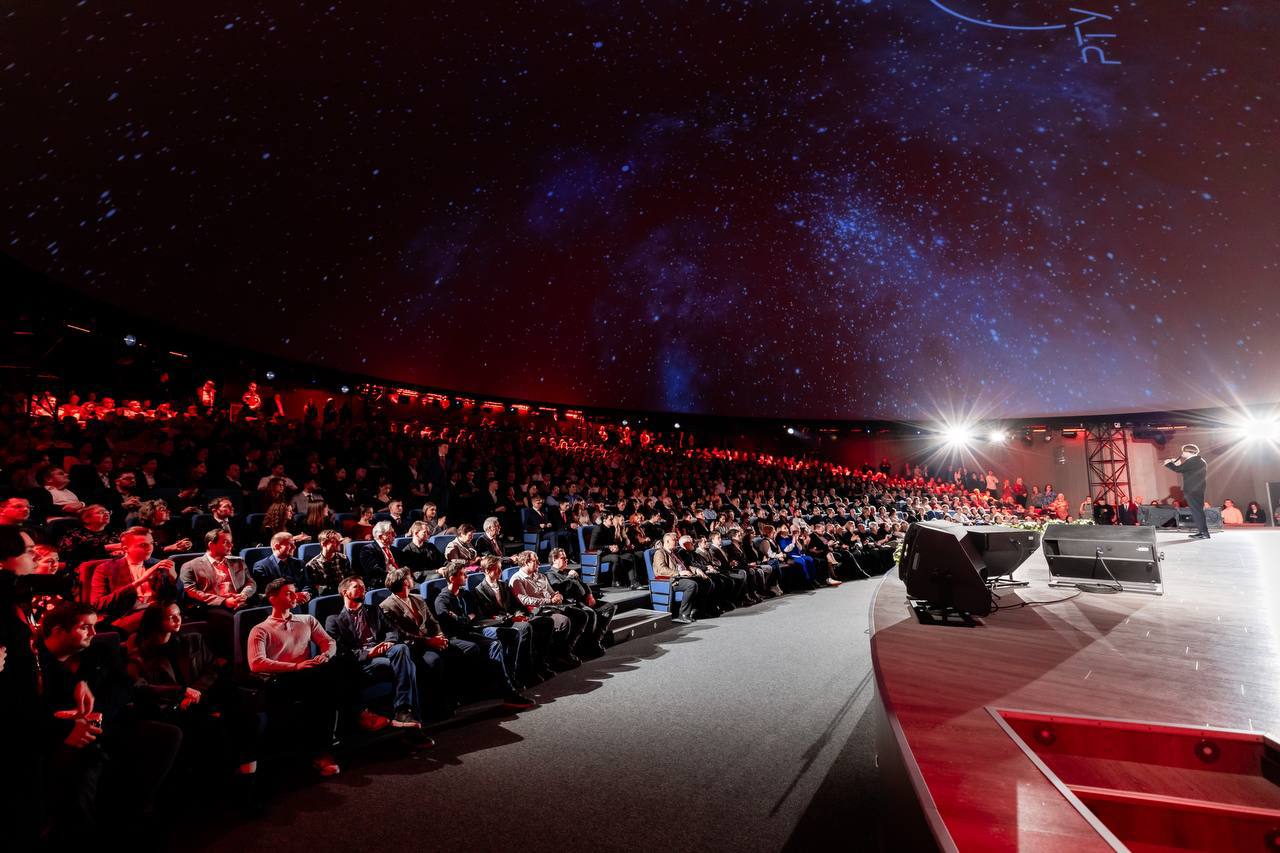
- University today
- Strategic Development Program
- Administration
- Teaching Staff
-
Infrastructure
- RTU MIREA campuses
- IT infrastructure
- RTU MIREA mega-laboratories
- Information and Library Center
- Dormitories
- Sports infrastructure
- Canteens, cafeterias
- First aid points
- Cultural leisure and recreation
- Cyberzone Cybersport Center
- Meeting and conference rooms
- Altair Children's Technopark
- Conference Hall
- Inclusive Education Support
- History
- Social security
- Dormitories
- Public organizations
- Graduate Employment
- University Logo
- The University award policy
© 2026 MIREA - Russian Technological University

